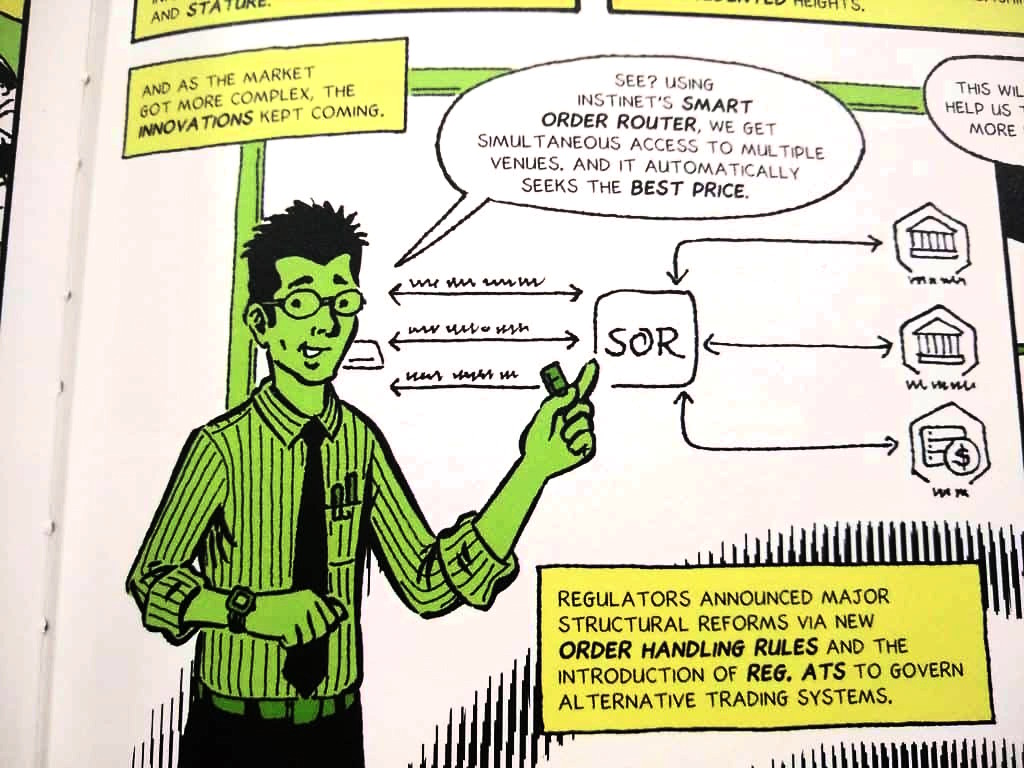Case of Study of a Chicago Firm’s Journey to Low-Latency Success with Expert Guidance
Introduction
A leading Chicago-based quantitative proprietary trading firm found themselves at a pivotal point. Their existing infrastructure was lagging, unable to meet the demands of the fast-paced global derivatives markets.
Their team of engineers was proficient but lacked the specialized knowledge required to develop a low-latency system—a critical component for success in high-frequency trading. Recognizing this gap, they sought external expertise to guide them through the complexities of system optimization.
This document chronicles their journey toward building a cutting-edge low-latency trading system. It highlights the challenges encountered and the solutions implemented, providing practical insights for professionals in the quantitative finance sector facing similar issues.
The High-Frequency Trading Landscape
High-frequency trading has transformed significantly over the past decade. Technological advancements have enabled firms to execute trades at unprecedented speeds, but with this progress comes increased competition and complexity. Staying ahead requires not only advanced technology but also strategic foresight and adaptability.
Our client was aware of these evolving demands. They understood that to maintain and improve their market position, they needed to upgrade their trading infrastructure. However, the path to achieving this was unclear without specialized guidance.
Understanding the Challenges
Latency Issues: The firm’s trading system exhibited higher latency than industry benchmarks, leading to slower trade executions. This delay impeded their ability to capitalize on market opportunities where speed is crucial.
Scalability Limitations: As trading volumes grew, the system’s performance declined. The existing architecture was not designed to scale efficiently, resulting in bottlenecks during periods of high market activity.
Connectivity Complexities: Operating in global derivatives markets necessitated reliable connections to multiple international exchanges. The firm’s network infrastructure faced challenges in maintaining consistent, low-latency connectivity across different regions.
Data Management Difficulties: Handling vast amounts of data in real-time was a significant hurdle. The firm lacked efficient systems for data processing and analysis, affecting timely decision-making in their trading operations.
Navigating Regulatory Requirements: Engaging in multiple jurisdictions introduced complexities due to varying regulatory frameworks. Balancing compliance obligations with the need for system performance added another layer of challenge.
Our Advisory Approach
Designing an Optimized System Architecture: We collaborated closely with the firm’s engineering team to redesign their system architecture, focusing on latency reduction. This involved re-development of critical sections of their software, selecting high-performance hardware, and optimizing network configurations to minimize delays.
Enhancing the Technology Stack: Our recommendations included updating the technology stack with programming languages and frameworks better suited for low-latency applications. By optimizing code and utilizing hardware acceleration techniques, we achieved significant performance improvements.
Implementing Best Practices: With the help of their whole team, we introduced industry best practices in low-latency system development. Adopting agile methodologies, continuous integration, and rigorous testing protocols enhanced development efficiency and system reliability.
Outcome Highlights:
- 60% Reduction in Development Time: Streamlined processes and expert guidance expedited project completion.
- 40% Improvement in Latency: Technical optimizations led to substantial reductions in trade execution times.
The Transformation Process
Our collaborative approach involved several key steps:
- Assessment: We conducted a thorough evaluation of the existing systems to identify areas needing improvement.
- Planning: A detailed implementation roadmap was developed, outlining clear milestones and objectives.
- Execution: Working alongside the engineering team, we implemented the necessary changes, providing hands-on support and facilitating knowledge transfer.
- Validation: Extensive testing was performed to ensure system stability and that performance enhancements met the desired targets.
Key Achievements:
- Enhanced trading capabilities with faster execution speeds.
- Improved system scalability to manage increased trading volumes efficiently.
- Established robust, low-latency connectivity with global exchanges.
Future Perspectives: Trends and Considerations
Looking ahead, several trends are set to influence high-frequency trading:
- Technological Advancements: The integration of artificial intelligence and machine learning presents new opportunities for strategy development and optimization.
- Regulatory Evolution: Ongoing changes in financial regulations require firms to remain vigilant and adaptable to maintain compliance.
- Market Dynamics: Growing competition emphasizes the need for continuous innovation in trading systems and methodologies.
Firms must proactively adopt new technologies and strategies to sustain a competitive advantage in this ever-changing landscape.
Final Conclusions
The firm’s journey illustrates the critical role of specialized expertise in overcoming technical challenges inherent in high-frequency trading. By addressing latency issues, scalability limitations, and connectivity complexities, they achieved significant enhancements in performance and operational efficiency.
Recommendations for others in this Industry:
- Prioritize System Optimization: Regular assessments and updates are essential to maintain optimal performance.
- Implement Best Practices: Adopting agile development methods and continuous improvement processes enhances efficiency.
- Stay Informed on Industry Trends: Monitoring technological and regulatory developments allows for timely adaptation.
About the Author
Ariel Silahian is a seasoned professional specializing in high-frequency trading systems and quantitative finance. With over two decades of industry experience, Ariel has led numerous successful projects focused on developing low-latency trading infrastructures. His expertise encompasses system architecture design, algorithmic strategy implementation, and financial engineering. Ariel is dedicated to helping firms achieve operational excellence through innovative technological solutions.
Find more here.

